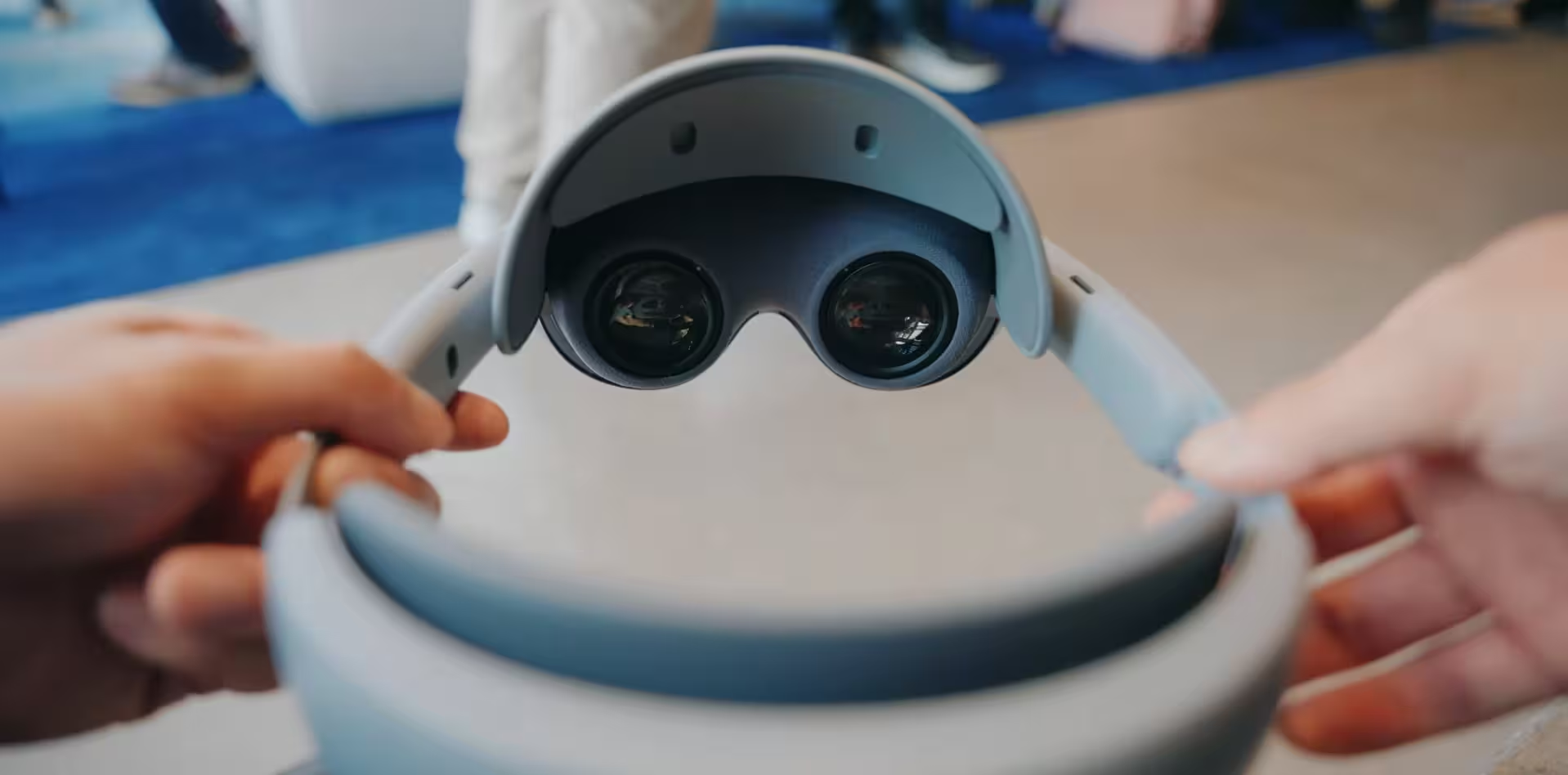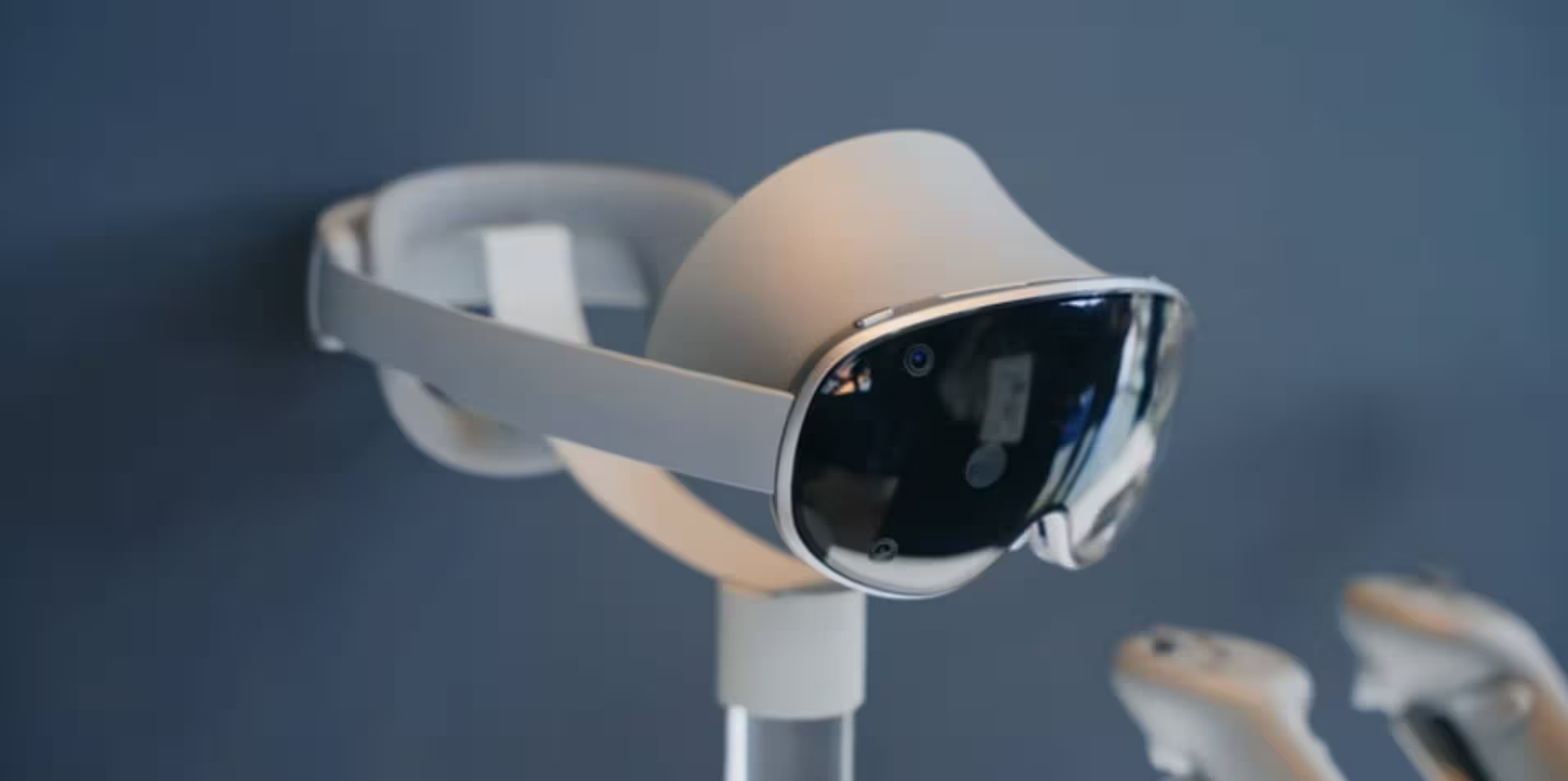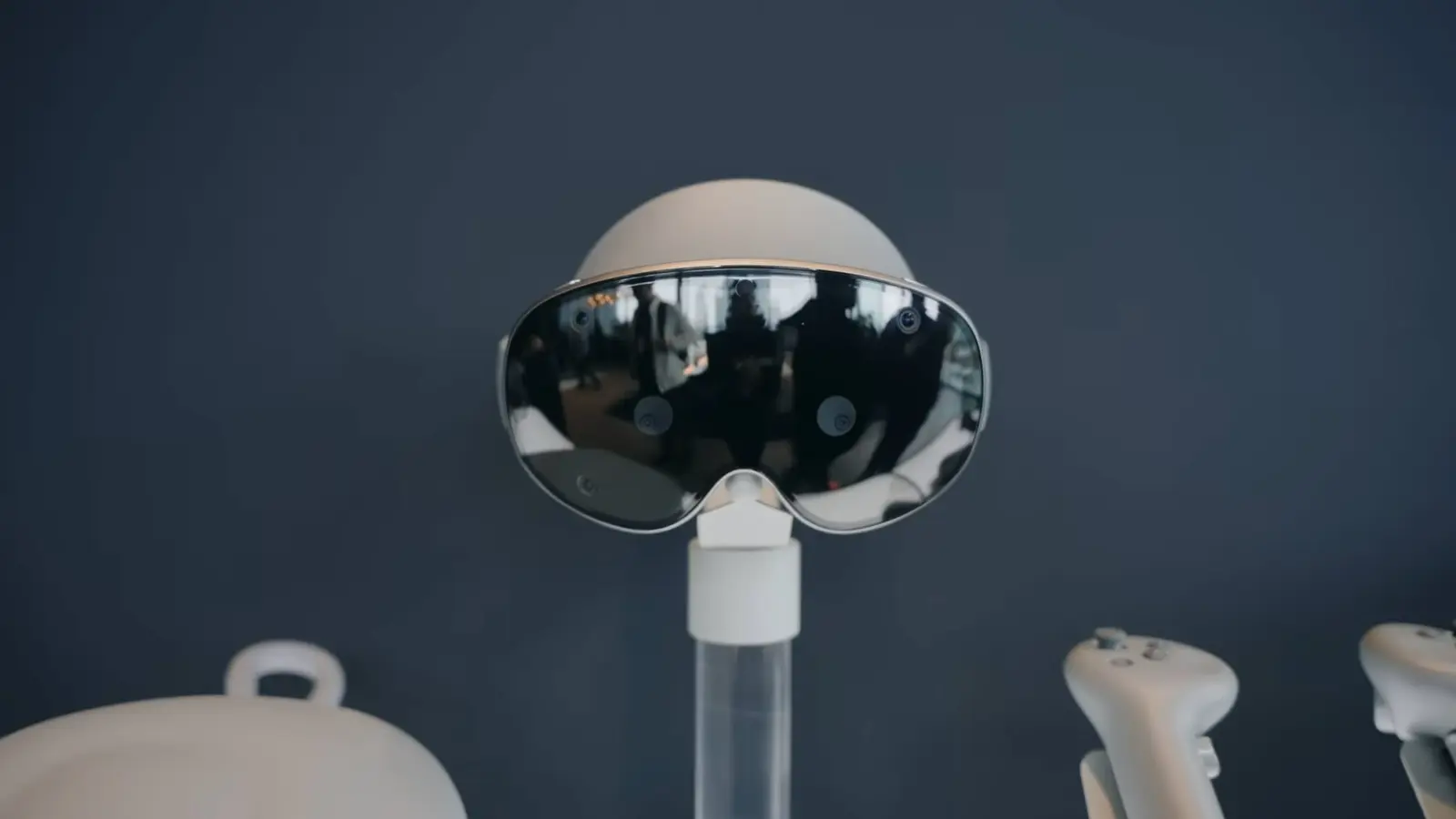5 Minutes
I spent time with Samsung's new Galaxy XR and walked away with a surprising impression: this premium mixed-reality headset looks like Samsung hardware but runs like a Google product. It’s an ambitious attempt to challenge Apple and Meta, and its software identity may be the most interesting part.
A Galaxy in name, Google at heart
On paper the Galaxy XR (Project Moohan) is Samsung’s entry into high-end mixed reality: polished industrial design, Qualcomm’s Snapdragon XR2 Plus Gen 2 silicon, and a $1,799 price tag that undercuts Apple’s Vision Pro by roughly half. But during my demo the experience felt less like One UI with Galaxy extras and more like a Pixel headset that Samsung happened to build.
I expected Samsung apps, the familiar One UI layout, and maybe the occasional Bixby prompt. Instead, the interface, the services, and the demos were unmistakably Google — pure Android XR with deep Gemini integration and direct access to the Play Store. It was functional, impressive, and oddly disorienting for a device branded as a Galaxy.
What sets the Galaxy XR apart: Play Store and Gemini
There are two big advantages here that come straight from Google:
- Play Store compatibility: Because Android XR is at the core, most apps and games already available on Google Play run on the headset out of the box. That gives the XR a huge head start against competitors whose ecosystems are more closed.
- Gemini built into the OS: This isn’t a separate assistant app — Gemini is woven into the platform. Press a button and you can interact with an AI that not only understands your voice but can also "see" what the headset sees, overlaying context-aware help on photos, games, and the real world.

Gemini in practice: conversational, visual, always present
During demos I summoned Gemini with a long press on the headset’s multi-function button. The familiar AI interface appeared instantly, and it could analyze images in Google Photos, identify people or objects, and even assist during a game by spotting in-game elements and offering tips. Because the headset streams a low-latency, full-color view of your surroundings, Gemini can also answer questions about the real world — for example, using Circle to Search on objects in view.
Google apps remixed for mixed reality
Most of my time with the XR was a tour of Google’s catalog adapted to XR:
- Google Photos: The headset converts 2D snaps into stereoscopic imagery on the fly, adding depth that can make meaningful photos feel more immersive.
- Google Maps: A standout moment: I floated above Earth, told Gemini to take me to Manhattan, and dove from orbit to Street View. AI is being used to stitch user photos and videos into walkable 3D interiors — a bit rough now, but huge in promise.
- YouTube: 360-degree content and experimental tools that convert standard 2D clips into stereoscopic experiences are already available or coming soon.
All of this felt cohesive because Google’s software defined the flow, not Samsung’s typical Galaxy features. When I asked a Samsung rep where One UI and Samsung apps were, the reply was a diplomatic: the demo focused on Google experiences. That answer alone underscores how Google’s influence dominates the UX.
Is the Galaxy XR the Nexus moment of XR?
If you remember the Galaxy Nexus from 2011 — a Samsung-built phone that ran stock Android — the Galaxy XR evokes that same partnership. It’s like a "Pixel XR" in all but name: premium Samsung engineering, Google software philosophy, and a clear push to showcase what Android XR and Gemini can do when tightly integrated.
But will that translate into sales? Price remains a major barrier. Even at $1,799 the headset is far cheaper than Apple’s Vision Pro but still a hefty purchase for most consumers. For now it reads like an impressive, expensive toy for enthusiasts, gamers, and early adopters curious about immersive maps, stereoscopic photos, and an AI-native environment.

What this means for the market
The Galaxy XR signals a strategic shift: hardware makers may increasingly act as manufacturing partners while platform owners (Google, in this case) drive the software identity. That could speed up XR adoption by giving users access to a vast app ecosystem and a built-in AI assistant — but it also raises questions about brand identity and long-term differentiation for companies like Samsung.
Ultimately, the most interesting thing about Samsung’s new headset may be how little Samsung is in it. That’s not necessarily a flaw — it’s a different kind of collaboration, and it might be exactly what Android XR needs to compete. Whether consumers embrace that vision at $1,799 is the big question left unanswered.
Source: androidauthority
Comments
Armin
Is Samsung ok with just being the hardware guy? If the OS is Google first, what even is a Galaxy anymore? kinda confusing, not mad yet
mechbyte
Wow, feels like Samsung sold the soul to Google? Pixel vibes in a Galaxy shell… kinda wild. Price is steep tho, curious to try it IRL


Leave a Comment